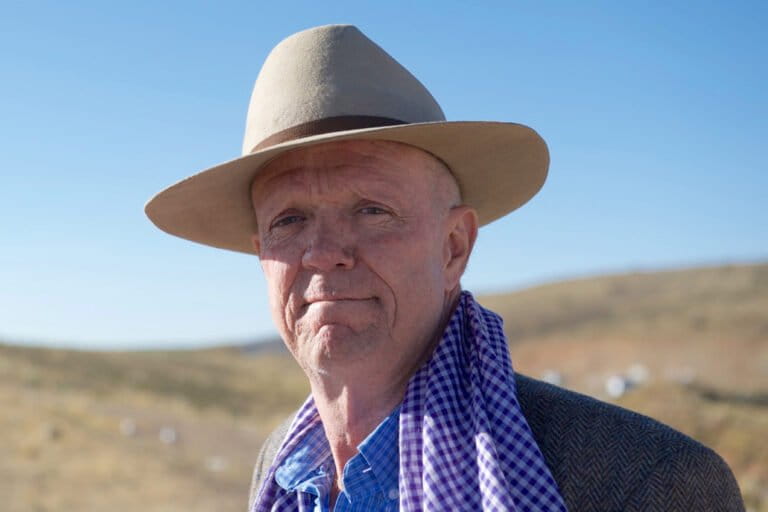- An ecologist and conservation biologist with 30 years of experience living in the Amazon region, Tim Killeen wants conservationists to think outside the box when it comes to incentivizing Amazon protection.
- He likens changing the deforestation pathway of the Pan Amazon to “turning an ocean liner” in that “pressure must be applied to the rudder of state” over a long period of time to drive change.
- That change, he says, must come from taking into consideration a variety of economic factors and pressures that each state in the Amazon faces, to provide viable ideas and solutions that incentivize forest protection.
- On this episode of Mongabay’s podcast, Killeen shares some key points from the second edition of his book, A Perfect Storm in the Amazon Wilderness; what inspired him to work in conservation; his advice for up-and-coming conservationists; and what gives him hope.
When it comes to the trajectory of Amazon deforestation, “we’re in a bad spot,” according to ecologist and conservation biologist Tim Killeen. With 30 years of experience living and working in South America and participating in the first environmental impact study conducted in Bolivia, Killeen has unique insight into the drivers of deforestation of the world’s largest rainforest.
He’s published it all in the second edition of his book A Perfect Storm in the Amazon Wilderness, which Mongabay is releasing for free in English, Portuguese and Spanish.
He joins Mongabay’s podcast to share what inspired him to work in conservation, critical takeaways from the latest edition of his book, his advice for the new generation of conservationists, and what gives him hope.
Listen here:
Making change in the Amazon region is like “turning an ocean liner,” according to Killeen. Governments that rely on exploiting the Amazon to maintain economic growth need consistent “pressure applied to the rudder of state” in order to institute long-term change, he says. Significant reform in commercial and financial markets is needed, which he details in the first chapter of the book.

“With few exceptions, sustainable models in forest and fisheries management have not yielded the economic returns needed to make them competitive with conventional extractive models. Even worse, the monetization of ecosystem services has generated a mere fraction of the resources required to change human behavior on the forest frontier, much less to subsidize the reforestation efforts that climate scientists view as essential for stabilizing the hydrological regime of the southern Amazon,” Killeen writes in the book.
In this podcast conversation, he encourages aspiring conservationists to think more critically and creatively about funding models for conservation. Namely, where the money is coming from and what it’s being invested in.
“We have a situation where the people who are trying to generate new models of doing business in the forest, they all work for NGOs. They’re not venture capitalists,” says Killeen.
Smallholder farmers need a system that isn’t dependent on deforestation, he says. Whether it comes from tourism or açai — a forest product he says has great potential — “we need more entrepreneurs in the forest to help us figure out how we can make viable businesses,” he says.
Here are links to chapters one and two:
- The state of the Amazon: Chapter 1 of “A Perfect Storm”
- Infrastructure defines the future: Chapter 2 of “A Perfect Storm in the Amazon”
Subscribe to or follow the Mongabay Newscast wherever you get podcasts, from Apple to Spotify, and you can also listen to all episodes here on the Mongabay website, or download our free app for Apple and Android devices to gain instant access to our latest episodes and all our previous ones.
Banner Image: Rainstorm in the Amazon. Pillcopata, Villa Carmen, Peru. Image by Rhett Butler.
Mike DiGirolamo is Mongabay’s audience engagement associate. Find him on Twitter @MikeDiGirolamo, Instagram, TikTok and Mastodon.
Infrastructure defines the future: Chapter 2 of “A Perfect Storm in the Amazon”
